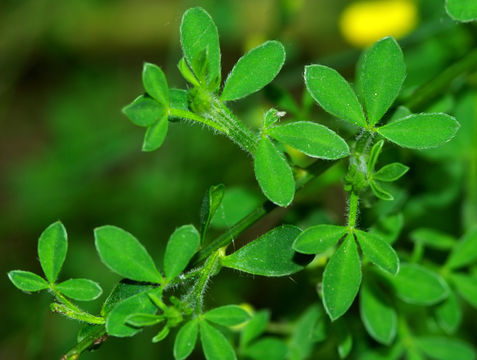

Pruning can promote bushier growth and it is recommended to pinch or shear the shrub to shape it while it’s actively growing in the spring. It is important to note that Scotch broom is renowned for its resiliency and can survive extensive pruning, however it is important to remove no more than one-third of the total growth at once. When pruning, it is important to remove any dead, diseased, or damaged branches.Īdditionally, it is important to trim back any branches that are growing beyond the desired size or shape. Pruning should be done when necessary, typically in early spring or late winter. Yes, pruning Scotch broom is important to ensure its health, and can help maintain its attractive appearance as well. Overwatering can cause root rot, so it is important to avoid excessive amounts of water. It is important to check that the soil has drained well before applying a light sprinkling of water. Watering may be reduced once the plants are established, and some gardeners may opt for a light sprinkling once or twice a week for mature plants. This helps the roots establish themselves and helps the plant flower more abundantly.

One way to water Scotch broom is to provide deep, occasional drenchings of water. It can tolerate drought conditions, but to thrive and flower, it needs regular water. This plant is native to western and central Europe and is commonly found in hot, dry climates. Yes, Scotch broom (Cytisus scoparius) needs water to survive. Depending on the environment, some varieties may also have purple, red, pink, or white markings on the foliage. The color of the flowers will also vary from bright yellow to almost white.ĭepending on the specific species of Scotch broom, the leaves may appear a dull green, blue-green, or even deep purple. Scotch broom can be found in a variety of colors ranging from a yellow-green, to a deep-green, to a vibrant orange-yellow, and even yellowish-white in some cases.


 0 kommentar(er)
0 kommentar(er)
